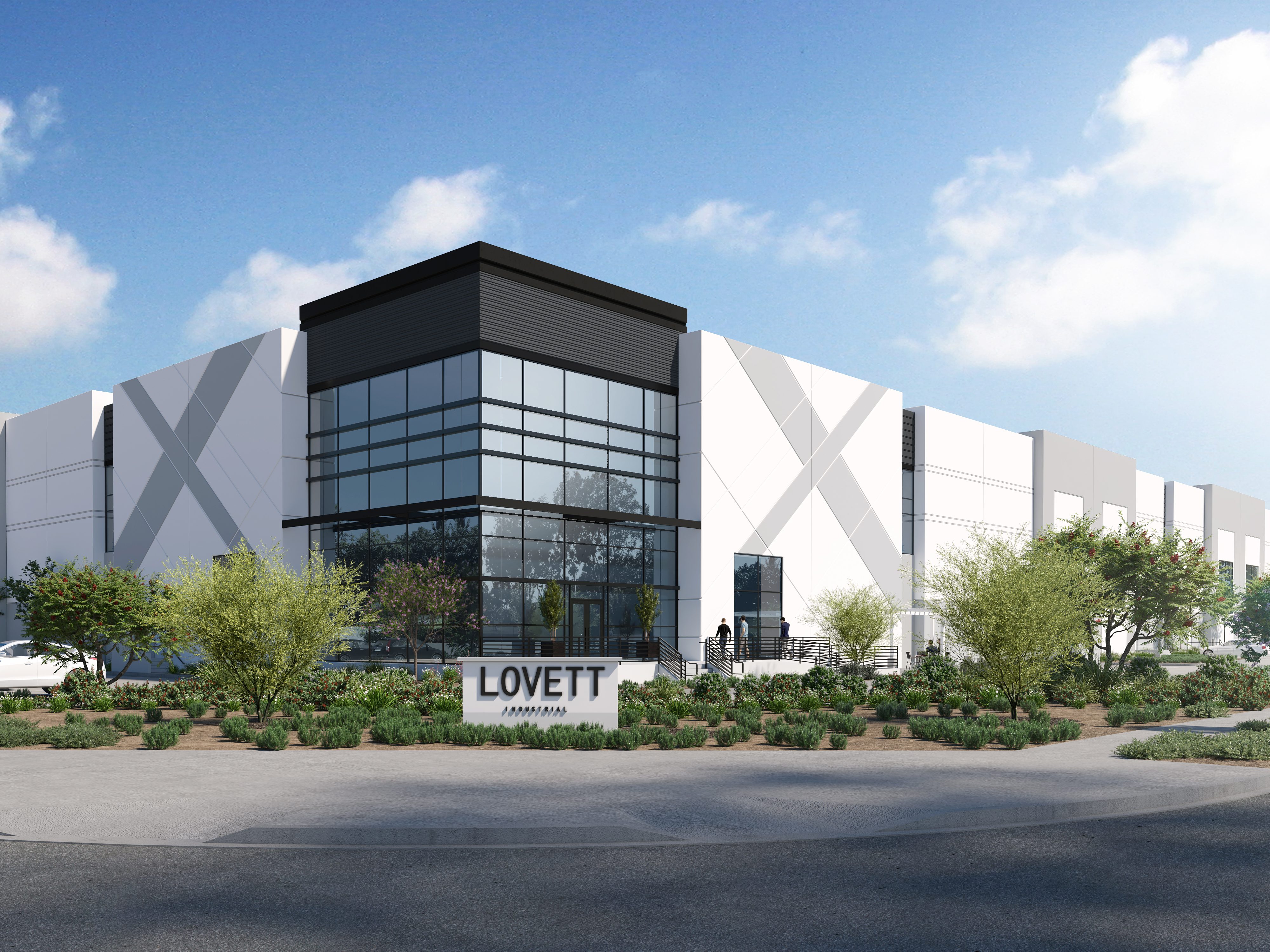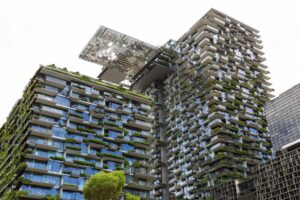Inland Empire Industrial Sector Off to a Challenging Start

Following a stable 2024, the Inland Empire is off to a challenging start this year. Industrial investment activity in the metro area reached $38.4 million in the first two months of 2025, significantly below its peer markets, according to CommercialEdge data.
In terms of completions, the market saw four developments totaling 748,646 square feet come online, which also lagged behind national trends. The increase in tariffs on steel and aluminum is expected to raise construction costs, potentially leading to delays or cancellations of planned projects across the U.S.
However, the Inland Empire’s silver lining lies in its development pipeline, totaling 9.8 million square feet across 22 projects. Although this represents a 38 percent decline year-over-year, it remains better than most of its peers. The market also saw an 8.9 percent year-over-year increase in in-place rents.
Development pipeline shrinks, still above peer metros
As of February, the Inland Empire had 9.8 million square feet of industrial space under construction across 22 projects, becoming the second most active market in the West. However, this represented a considerable decline year-over-year, when 13.5 million square feet were underway.
The metro’s development pipeline accounted for 1.5 percent of its total stock, slightly below the 1.7 percent national rate and peer markets Phoenix (3.7 percent), Kansas City (3.4 percent) and Dallas (2.3 percent). Indianapolis (1.1 percent), New Hersey (1.1 percent) and Chicago (0.6 percent) trailed behind.
Prologis is working on Building 45A within the Southern California Logistics Centre campus in Victorville, Calif. The 1.3 million-square-foot facility will have 40-foot maximum clear heights and is scheduled for completion later this year.
Industrial completions drop significantly year-over-year
Inland Empire’s industrial completions in the first two months of the year totaled 748,646 square feet from the four developments that came online. This marks a considerable decline year-over-year, when 21 projects spanning 4.8 million square feet were delivered.

Phoenix (6.6 million square feet) remained in the spotlight, followed by Dallas (3 million square feet) and Chicago (1.9 million square feet). Indianapolis (466,000 square feet) was at the opposite pole.
One of the facilities set to come online later this year is Shopoff Realty investments’ 1 million-square-foot distribution center in Desert Hot Springs, Calif. The project was announced last year and is rising on 55 acres.
Lovett Industrial will also complete Schaefer Logistics Center in the following months. Last year, the firm obtained entitlements for the 298,000-square-foot facility in Chino, Calif.
Sales activity lags behind national trends

Inland Empire’s industrial transaction volume year-to-date as of February clocked in at $38.4 million, the lowest among peer markets. Chicago ($465.1 million) and New Jersey ($426.2 million) saw some of the highest sales volume nationally.
Assets in the metro during the same time frame traded for $179.8 per square foot on average, well above the $127 national index. New Jersey ($289.3 per square foot) assets changed hands for more, while Dallas ($114 per square foot) and Phoenix ($174.4 per square foot) lagged behind.
These figures are also well behind those registered in 2024. In the first two months of last year, the market had $237.3 million in sales volume, with assets being sold for $210.3 per square foot.
Inland Empire’s vacancy rate remains below U.S. index
The Inland Empire’s industrial vacancy rate at the end of February was 7.7 percent, 50 basis points lower than the U.S. figure. The metro’s average in-place rent during the same month was $11, marking an 8.9 percent increase compared to February last year.
Among peer markets, the Inland Empire had one of the lowest vacancy rates. Dallas (9.7 percent) and Indianapolis (9.7 percent) has the most vacant space, while Houston (6.7 percent) and Atlanta (6.7 percent) were at the opposite end.
Nationally, the vacancy rate has doubled over the past two years due to a historic level of new supply and normalized demand for space. Additionally, tariff-related uncertainty is expected to delay leasing decisions by industrial tenants. These tariffs are also likely to increase construction costs, leading to uncertainty around planned projects.
The post Inland Empire Industrial Sector Off to a Challenging Start appeared first on Commercial Property Executive.




